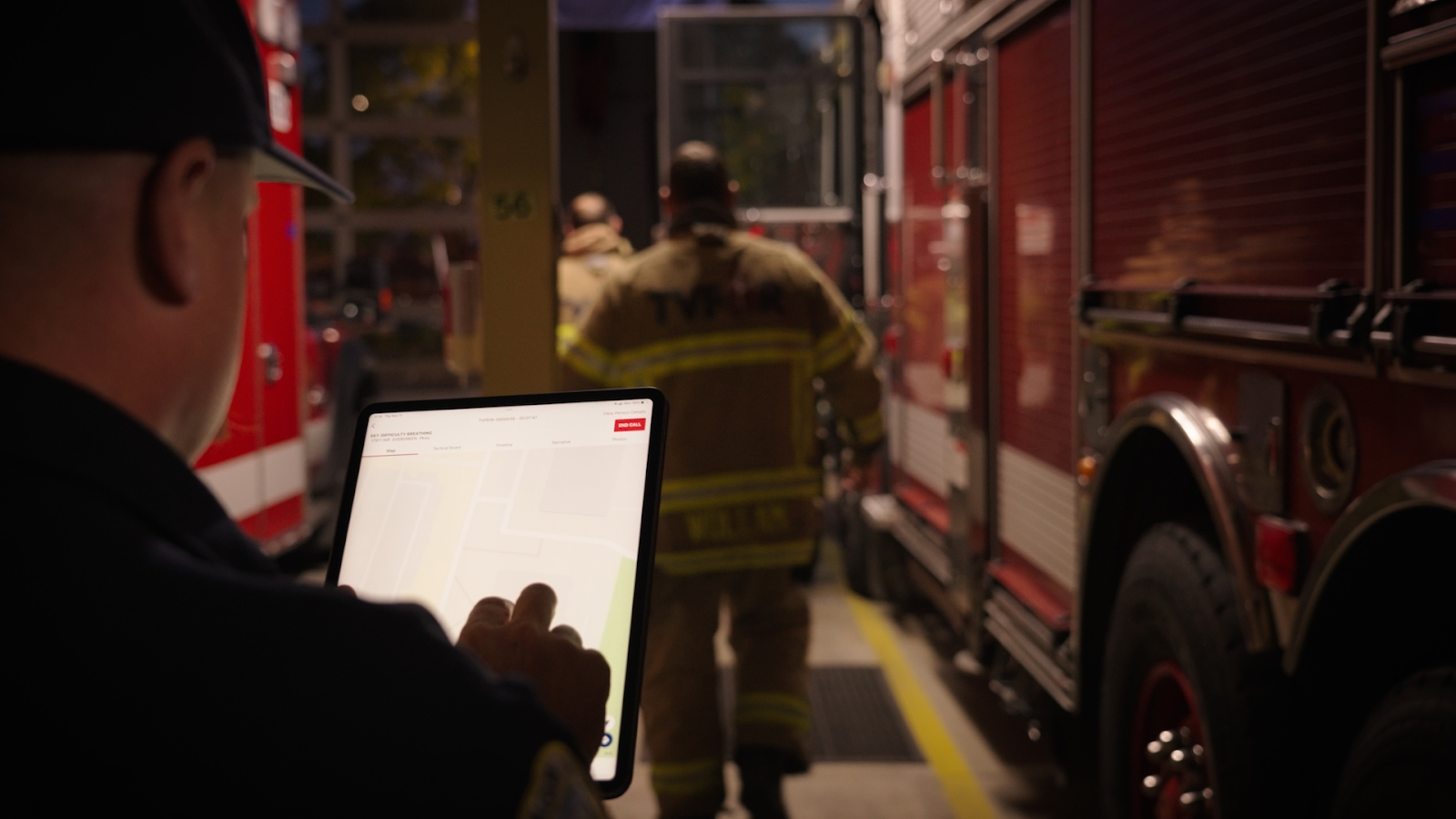In today’s world, managing fire incidents efficiently is crucial to saving lives and property. Many fire departments and emergency services across different regions face challenges when it comes to reporting and handling fire emergencies. This is where fire reporting software has become a game changer. This technology helps agencies improve communication, coordination, and decision-making during fire incidents, especially when they involve multiple jurisdictions.
The Challenges of Incident Management Across Jurisdictions
When a fire breaks out, time is of the essence. Emergency responders must quickly gather information, coordinate efforts, and respond effectively. However, fires do not always stay within one jurisdiction. They can spread across city, county, or even state lines. This creates challenges because different agencies may use various systems or methods to report incidents. Without a unified approach, this can lead to confusion, delays, and miscommunication.
In many places, fire departments still rely on paper forms or outdated software that is not connected to other agencies. This makes it hard to share real-time information and slows down the overall response. Additionally, manual data entry increases the risk of errors, which can affect the accuracy of reports and the quality of incident management.
What is Fire Reporting Software?
Fire reporting software is a digital tool designed to collect, manage, and share data related to fire incidents. It helps fire departments and emergency responders to document every detail of an incident in a structured and efficient way. From the initial call to the final report, the software supports every step of the incident management process.
This type of software typically includes features like real-time data entry, automatic report generation, incident tracking, and communication tools. It can also integrate with other systems such as dispatch centers, GIS mapping, and analytics platforms to provide a complete view of the incident.
How Fire Reporting Software Improves Incident Management
One of the most important benefits of fire reporting software is improved communication. When multiple jurisdictions are involved in an incident, it is essential that all responders have access to the same up-to-date information. Fire reporting software allows agencies to share data instantly, ensuring everyone is on the same page. This helps avoid misunderstandings and allows for faster coordination.
The software also makes it easier to track resources and personnel during an incident. Commanders can see which units are on scene, what equipment is available, and where the fire is spreading. This real-time visibility supports better decision-making and resource allocation.
Moreover, fire reporting software reduces the administrative burden on firefighters and staff. By automating many reporting tasks, it saves time and reduces errors. This means responders can focus more on managing the emergency rather than paperwork.
Enhancing Data Accuracy and Reporting Standards
Another important advantage of using fire reporting software is that it standardizes how incident data is collected and reported. Many jurisdictions follow national or regional reporting standards. Fire reporting software helps ensure that reports meet these standards by guiding users through the required fields and formats.
Accurate data is vital for several reasons. It supports post-incident analysis, which helps agencies learn from each event and improve future responses. It also aids in compliance with legal and regulatory requirements. Furthermore, detailed and accurate reports are valuable for insurance claims and public accountability.
Supporting Training and Prevention Efforts
Fire reporting software does not only help during emergencies but also plays a role in prevention and training. By collecting detailed data on incidents, fire departments can identify patterns and high-risk areas. This information is useful for planning fire prevention programs and community outreach.
Additionally, the software provides a resource for training exercises. Real incident reports can be used to simulate scenarios and train responders on best practices. This improves preparedness and can lead to better outcomes in actual emergencies.
The Future of Incident Management with Fire Reporting Software
As technology continues to advance, fire reporting software is becoming more sophisticated. Many platforms are now cloud-based, which means data can be accessed securely from anywhere. Mobile apps allow firefighters to enter information directly from the scene. Integration with drones, sensors, and artificial intelligence is also on the horizon, promising even more effective incident management.
The adoption of fire reporting software across jurisdictions is essential to modernize emergency response. It breaks down barriers between agencies and creates a unified approach to managing fire incidents. This transformation leads to faster responses, better communication, and ultimately, safer communities.
Conclusion
Fire reporting software is revolutionizing how fire departments and emergency responders manage incidents, especially those that span multiple jurisdictions. By improving communication, enhancing data accuracy, and reducing administrative tasks, this technology supports faster and more effective responses. As more agencies adopt fire reporting software, incident management will continue to improve, helping protect lives and property more efficiently than ever before.




